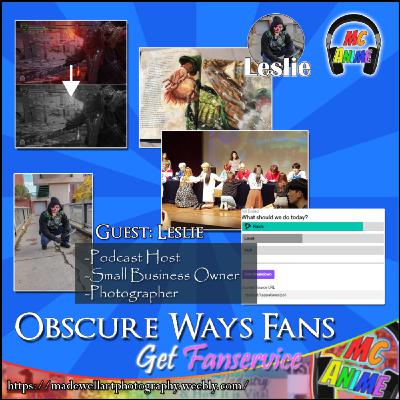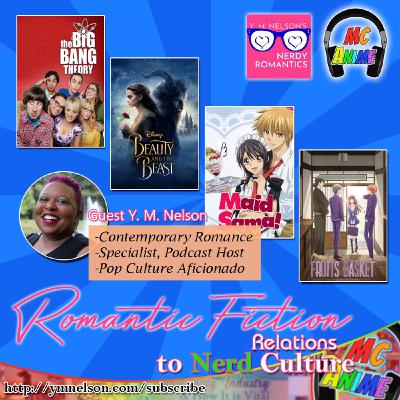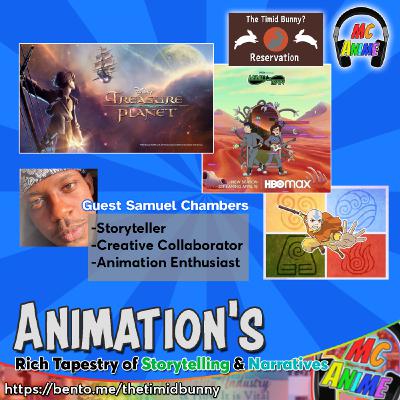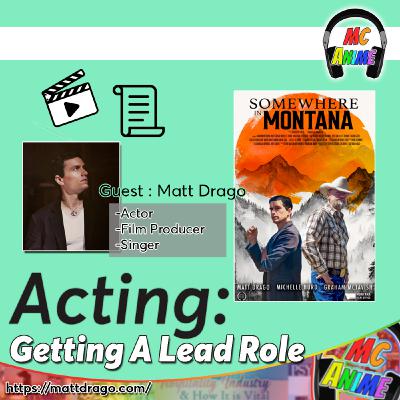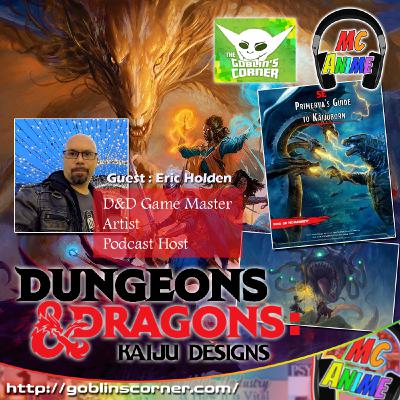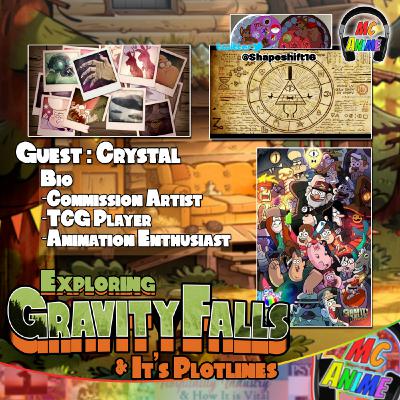In this episode, we’re joined by Leslie, a Podcast Host, Small Business Owner, and Photographer, to explore the unconventional ways fanservice reaches audiences beyond the usual anime tropes. Fanservice is often associated with visual elements in media, but in today’s entertainment landscape, it extends into new and unexpected spaces. We start by discussing Streaming Culture, where fans can experience exclusive content through live streams, special interactions, and behind-the-scenes footage from their favorite creators. Platforms like Twitch, YouTube, and paid memberships on sites like Patreon offer direct engagement, making fans feel more connected than ever. Leslie highlights how this evolution has shifted the way fanservice is delivered, giving audiences a more personal and immersive experience. Next, we explore Music by Idols, where fanservice thrives in concerts, fan meetups, and exclusive merchandise. Idol culture, especially in Japan and Korea, thrives on dedicated fan engagement, with artists offering personalized experiences like digital messages, fan-exclusive songs, and live performances tailored to their audiences. This form of fanservice extends beyond visuals, creating an emotional connection between idols and their supporters. Moving into the realm of Mature Gaming and Horror, we examine how video games cater to fans through intense storytelling, character designs, and immersive atmospheres. Whether it’s survival horror games that build suspense or mature-rated games that push boundaries, developers craft experiences that captivate audiences. Leslie shares insights on how these genres use fanservice in a way that goes beyond the obvious, drawing players deeper into their narratives. Finally, we dive into Books, where fanservice manifests through hidden Easter eggs, extended universes, and niche storytelling that caters to specific audiences. From romance novels that play into reader fantasies to horror stories that bring beloved creatures to life, books offer a unique form of fanservice that is just as impactful as its visual counterparts. Fanfiction communities and expanded literary worlds allow fans to engage with their favorite stories in deeply personal ways. From digital interactions to immersive media experiences, fanservice is more than just a visual gimmick—it’s a dynamic part of entertainment culture that evolves alongside its audience. 🔗 MC Anime Podcast Guest Booking: [https://www.podmatch.com/hostdetailpreview/1641957469391x431959952478003800]







